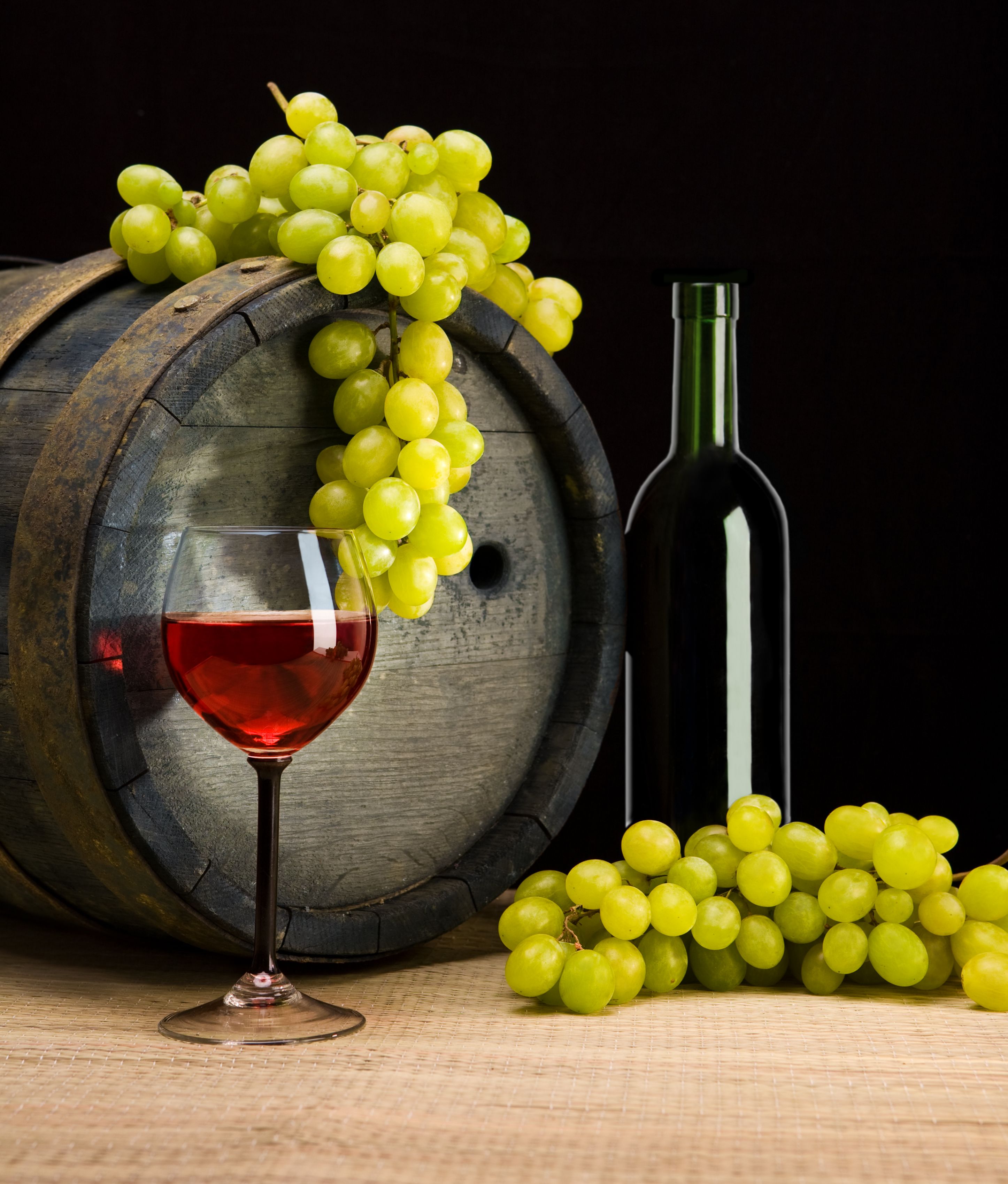Wine’s invisible allies and foes under the spotlight
An international collaboration of scientists from a wide range of universities, research institutions, vineyards and private companies in Denmark and abroad aims to characterise the community of microorganisms that lies at the heart of wine production. An improved understanding of the wine microbiome will have significant effects on the wine industry.

"In vino veritas," "as the ancients sagely stated so long ago: In wine there is truth. Now, centuries later, scientists are looking for the truth behind wine and are studying the microbes that help wine become what it is from start to finish. The aim of the project is to characterise the entire community of microorganisms that play a part in wine production.
- The global wine industry is worth over € 220 bill. annually. A diverse and complex world of microorganisms is involved in wine production but is poorly characterized. Improved understanding of the microbial community and its interplay will have significant effects on the wine industry, says Professor Lars Hestbjerg Hansen of the Department of Environmental Sciences at Aarhus University. He leads the four-year project that has received a grant of € 4 mill. from the Marie Sk?odowska-Curie Actions European Training Network.
Wine and microbes go hand in hand
Making good wine is more than just growing the right grapes on the right soil under the right climatic conditions. An invisible army of microbes assists the process from the time the vine is planted in the ground till the wine is served. A wide array of busy microorganisms, including bacteria, fungi and yeasts, plays key roles at all stages of grape cultivation (viniculture) and wine production (vinification).
The cast of characters and the list of roles they play are long. Some microorganisms help plants access nutrients from the soil, others support plant health by acting as vigilantes and driving pathogens away, and yet others contribute to the magical process of fermentation that transforms grapes into wine. On the down side, there are also microbes that make life difficult for the vines or which have a negative effect on fermentation.
Getting a handle on exactly which bacteria, fungi, yeast and other tiny organisms are involved in the various stages can provide growers and winemakers with science-based knowledge that can help them control the processes optimally.
Getting the full picture
Much of it is down to modern genetic technology, i.e. DNA sequencing, which has made significant inroads in understanding complex microbial populations. Until recently, characterisation of microbes necessitated growing them under controlled conditions in the laboratory. This has not always been easy, as less than one per cent of microbes can be grown in the laboratory.
The modern science of metagenomics has changed how scientists can study microbial communities. Metagenomics is the study of genetic material recovered directly from the environment. This means that the microbes can be studied directly, without having to cultivate them.
- With metagenomics we can sidestep culturing methods and, by genetically sequencing the microbial genome directly, profile the exact species, variants and gene catalogues of any sample, explains Lars Hestbjerg Hansen.
An important part of the project involves training new researchers within a wide range of relevant disciplines and maximise information transfer.
- In this way we anticipate contributing to the strength and scientific progress of the wine industry through training of a cohort of leading, interdisciplinary and tightly interconnected scientists, says Lars Hestbjerg Hansen.
The partners and the consortium include universities and research institutions in Denmark, including University of Copenhagen and Technical University of Denmark, and abroad, vineyards and the bioscience-based ingredient company Chr. Hansen, which has a seat on the executive committee of the project.
- Chr. Hansen is the major industrial partner in this grant and the only one specializing in microbial solutions. One of the outcomes of this study might be the identification of microorganisms with novel application in the wine industry which can potentially be commercialized in future, says Dr. Hentie Swiegers from Chr. Hansen’s Wine Innovation department.
For further information please contact:
Professor Lars Hestbjerg Hansen, Department of Environmental Sciences, e-mail: lhha@envs.au.dk, telephone: +45 8715 8588, mobile: +45 2875 2053
?
?
?
